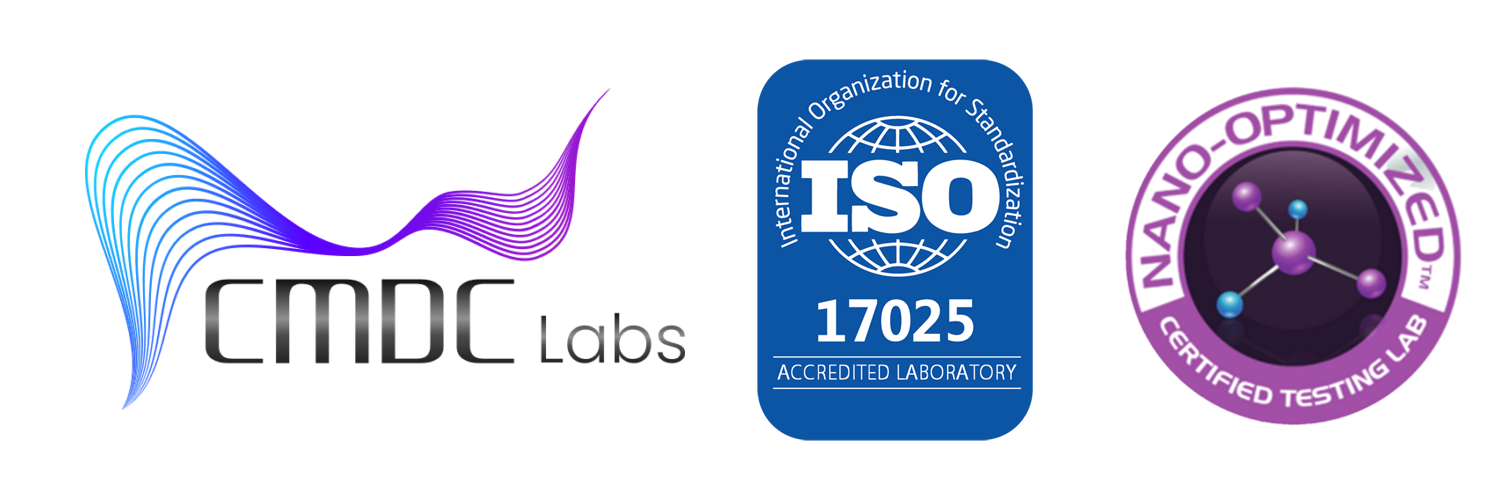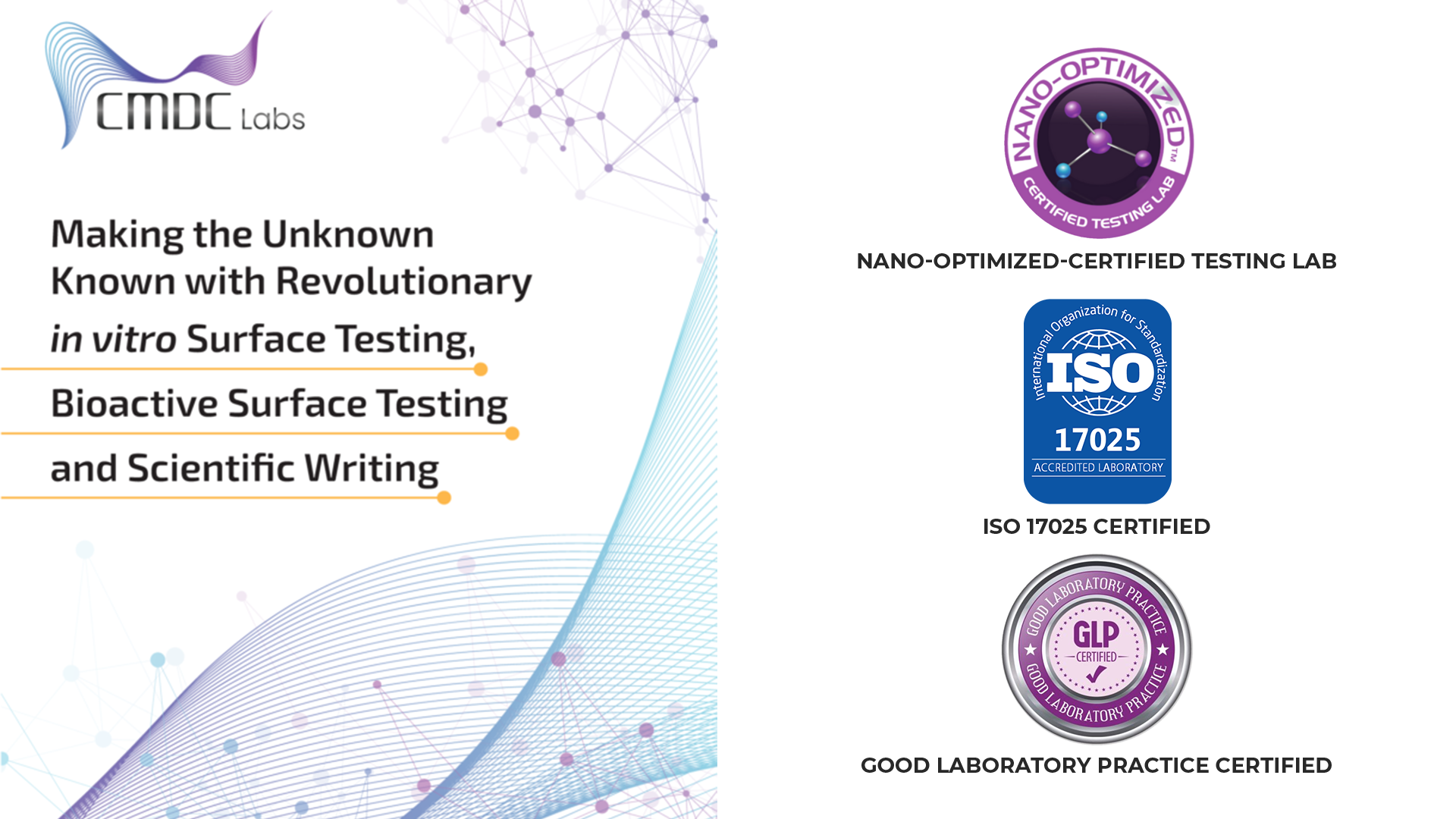Chemical analysis is the cornerstone of modern science, allowing researchers, manufacturers, and regulatory bodies to understand the composition of substances, identify contaminants, and ensure product quality. Whether it’s in pharmaceuticals, environmental science, food safety, or materials engineering, the ability to analyze chemical compositions with precision is essential for safety, efficacy, and innovation.
Traditionally, chemical analysis relied on methods such as titration, chromatography, and mass spectrometry. While these techniques have been effective, they often require time-consuming sample preparation, involve complex processes, and can be limited by sensitivity. In recent years, advanced spectroscopy techniques have emerged as transformative tools in chemical analysis. These methods, which measure the interaction of light with matter, offer unprecedented precision, speed, and versatility, leading to groundbreaking improvements in a wide range of fields.
In this article, we will explore how advanced spectroscopy techniques are revolutionizing chemical analysis. From their ability to analyze complex mixtures to their applications in real-time testing, spectroscopy is unlocking new possibilities across various industries. We will also address the pain points associated with traditional analysis and discuss how spectroscopy is solving these challenges with its advanced capabilities.
1. What Is Spectroscopy and Why Is It Important?
Spectroscopy is a technique used to study the interaction of light with matter. When light (in various forms such as ultraviolet, visible, infrared, or X-ray) interacts with a substance, the material absorbs, emits, or scatters light in a way that can provide detailed information about its composition and structure. Different materials absorb light at different wavelengths, which makes spectroscopy a powerful tool for analyzing chemical substances.
Spectroscopy can be used to:
- Identify compounds: By analyzing the way a substance interacts with light, spectroscopy can help identify unknown compounds.
- Quantify chemical concentrations: It allows for precise measurement of the concentration of compounds in a sample.
- Determine molecular structure: Spectroscopic techniques can be used to determine the molecular composition and structure of compounds, making it crucial in the development of new materials, drugs, and chemicals.
- Monitor reactions in real-time: Spectroscopy can track the changes in a substance’s properties over time, making it essential for reaction monitoring and quality control.
Advanced spectroscopy techniques have become indispensable in chemical analysis due to their speed, sensitivity, and ability to analyze complex samples without the need for extensive sample preparation. These capabilities are transforming industries such as pharmaceuticals, environmental monitoring, food safety, and materials science.
2. Key Advanced Spectroscopy Techniques
A. Nuclear Magnetic Resonance (NMR) Spectroscopy
NMR spectroscopy is one of the most powerful analytical techniques available today. It provides detailed information about the molecular structure and dynamics of compounds, making it essential in fields like chemistry, pharmaceuticals, and biotechnology.
- How it Works: NMR spectroscopy works by exposing nuclei of atoms (usually hydrogen or carbon) to a magnetic field and measuring the response to radiofrequency radiation. The resulting spectra provide information about the atomic environment, bonding, and molecular structure.
- Applications:
- Pharmaceutical Development: NMR is widely used to identify and confirm the structure of drug candidates, providing insights into the composition and purity of pharmaceutical products.
- Proteomics and Metabolomics: It helps researchers study proteins, metabolites, and other biomolecules, offering insights into diseases and the effects of potential treatments.
- Pain Point Solved: Traditional chemical analysis methods often require complex and lengthy procedures to confirm molecular structures. NMR spectroscopy provides a non-destructive and fast alternative, allowing researchers to perform detailed structural analysis on small amounts of sample in a matter of hours.
B. Fourier Transform Infrared (FTIR) Spectroscopy
FTIR spectroscopy is widely used for identifying organic compounds and detecting functional groups in a sample. It measures the absorption of infrared radiation by a sample and provides a spectrum that corresponds to the vibrational modes of the molecules within the sample.
- How it Works: In FTIR, infrared radiation is passed through the sample, and the amount of absorbed radiation at different wavelengths is measured. The spectrum generated reveals the types of bonds present in the sample, making it useful for identifying chemical structures.
- Applications:
- Pharmaceuticals: FTIR is used to ensure the identity and purity of pharmaceutical ingredients, helping to verify that active ingredients and excipients are correctly formulated.
- Environmental Analysis: FTIR helps identify contaminants in environmental samples, including water and air, by detecting pollutants such as volatile organic compounds (VOCs).
- Pain Point Solved: One of the challenges in traditional chemical analysis is the time-consuming nature of sample preparation and the difficulty of analyzing complex mixtures. FTIR is a quick, non-destructive method that can be used to analyze solid, liquid, and gaseous samples directly, without the need for complex sample prep.
C. Mass Spectrometry (MS)
Mass spectrometry (MS) is another powerful technique used to identify and quantify compounds based on their mass-to-charge ratio. It provides highly accurate and sensitive analysis, especially when coupled with other techniques like chromatography.
- How it Works: In MS, the sample is ionized and fragmented into charged particles, which are then detected based on their mass-to-charge ratio. The resulting spectra provide information about the molecular weight and structure of the compound.
- Applications:
- Pharmaceuticals: MS is used to measure the molecular composition of drug candidates, identify metabolites, and ensure product purity.
- Proteomics and Genomics: MS is a key tool in the identification and characterization of proteins and DNA sequences, providing insights into cellular functions and disease mechanisms.
- Pain Point Solved: Traditional methods often struggle with analyzing low-abundance compounds. Mass spectrometry, however, can detect trace amounts of substances with great precision, making it invaluable in fields like drug discovery, environmental monitoring, and forensic science.
D. Raman Spectroscopy
Raman spectroscopy is a non-destructive technique that measures the vibrational modes of molecules. It is particularly useful for studying the molecular composition and physical properties of materials.
- How it Works: Raman spectroscopy involves shining monochromatic light (usually from a laser) onto a sample and measuring the scattered light. The scattered light provides information about the vibrational modes of the sample, which can be used to identify the chemical structure and composition.
- Applications:
- Material Science: Raman is widely used in the characterization of polymers, coatings, and nanomaterials, offering insights into their structural and mechanical properties.
- Pharmaceuticals: Raman spectroscopy is used in drug development to analyze chemical composition and verify the identity of substances.
- Pain Point Solved: Raman spectroscopy provides high-quality data without the need for sample preparation, making it an efficient tool for rapid analysis. Its ability to penetrate deeper into samples compared to other methods makes it invaluable for studying heterogeneous materials and complex surfaces.
E. X-ray Fluorescence (XRF) Spectroscopy
X-ray fluorescence (XRF) spectroscopy is a non-destructive analytical technique used to determine the elemental composition of materials, including metals, minerals, and other solid substances.
- How it Works: XRF works by bombarding a sample with X-rays, which cause the atoms in the sample to emit secondary X-rays (fluorescence). These emitted X-rays are then measured and analyzed to determine the concentration of various elements.
- Applications:
- Environmental Monitoring: XRF is used to detect heavy metals and other contaminants in soil, water, and air samples.
- Material Science: XRF helps analyze the composition of materials, particularly in the manufacturing of electronics, alloys, and other engineered materials.
- Pain Point Solved: Traditional methods of elemental analysis often require sample destruction or complex preparation. XRF, on the other hand, provides rapid, non-destructive analysis, making it ideal for fieldwork, large samples, or situations where preserving the sample is important.
3. The Revolutionizing Impact of Advanced Spectroscopy Techniques
A. Speed and Efficiency
Advanced spectroscopy techniques enable faster, more efficient chemical analysis. Unlike traditional methods, which may require time-consuming sample preparation, complex reagents, or extensive incubation periods, spectroscopy provides real-time or near-real-time results. This significantly speeds up the research and development process, allowing scientists and manufacturers to make quicker decisions.
For example, FTIR and Raman spectroscopy can provide immediate feedback on the chemical composition of a sample without the need for extensive sample preparation, leading to faster analysis of complex substances.
B. Non-Destructive Analysis
One of the most significant advantages of advanced spectroscopy techniques is that they are often non-destructive, meaning they do not alter or destroy the sample being tested. This is particularly valuable in industries where sample preservation is crucial, such as in pharmaceuticals, forensics, or art conservation.
With techniques like NMR, FTIR, and Raman spectroscopy, researchers can analyze precious or limited samples without the need for cutting, heating, or chemical treatment, making these methods ideal for sensitive applications.
C. Improved Sensitivity and Precision
Spectroscopy techniques, particularly mass spectrometry and NMR spectroscopy, provide unparalleled sensitivity and precision. These methods can detect trace amounts of compounds (at concentrations as low as parts per billion) and provide detailed molecular-level analysis. This level of sensitivity is especially important in fields like pharmaceuticals, where even minor impurities can compromise the safety and efficacy of a drug.
By offering such high sensitivity, spectroscopy allows researchers to detect contaminants that would otherwise go unnoticed using traditional chemical analysis methods.
D. Broad Applications Across Industries
Advanced spectroscopy is not limited to chemical analysis alone. It has revolutionized a wide array of industries, including:
- Pharmaceuticals: For drug discovery, quality control, and regulatory compliance.
- Environmental Monitoring: For detecting pollutants, toxins, and hazardous materials in air, water, and soil.
- Material Science: For studying new materials, coatings, and nanotechnology.
- Food Safety: For detecting contaminants and verifying ingredient authenticity.
4. Conclusion
Advanced spectroscopy techniques are fundamentally transforming chemical analysis. By offering faster, more accurate, and non-destructive methods of testing, these techniques are solving many of the challenges faced by traditional chemical analysis methods. From drug development and food safety to environmental monitoring and material science, spectroscopy is opening up new possibilities for research, innovation, and quality control.
As industries continue to evolve and face increasing pressure to provide safe, reliable, and sustainable products, the role of spectroscopy in chemical analysis will only grow. With its ability to analyze complex mixtures, detect contaminants at trace levels, and provide real-time results, spectroscopy is poised to remain a cornerstone of scientific and industrial advancement for years to come.

